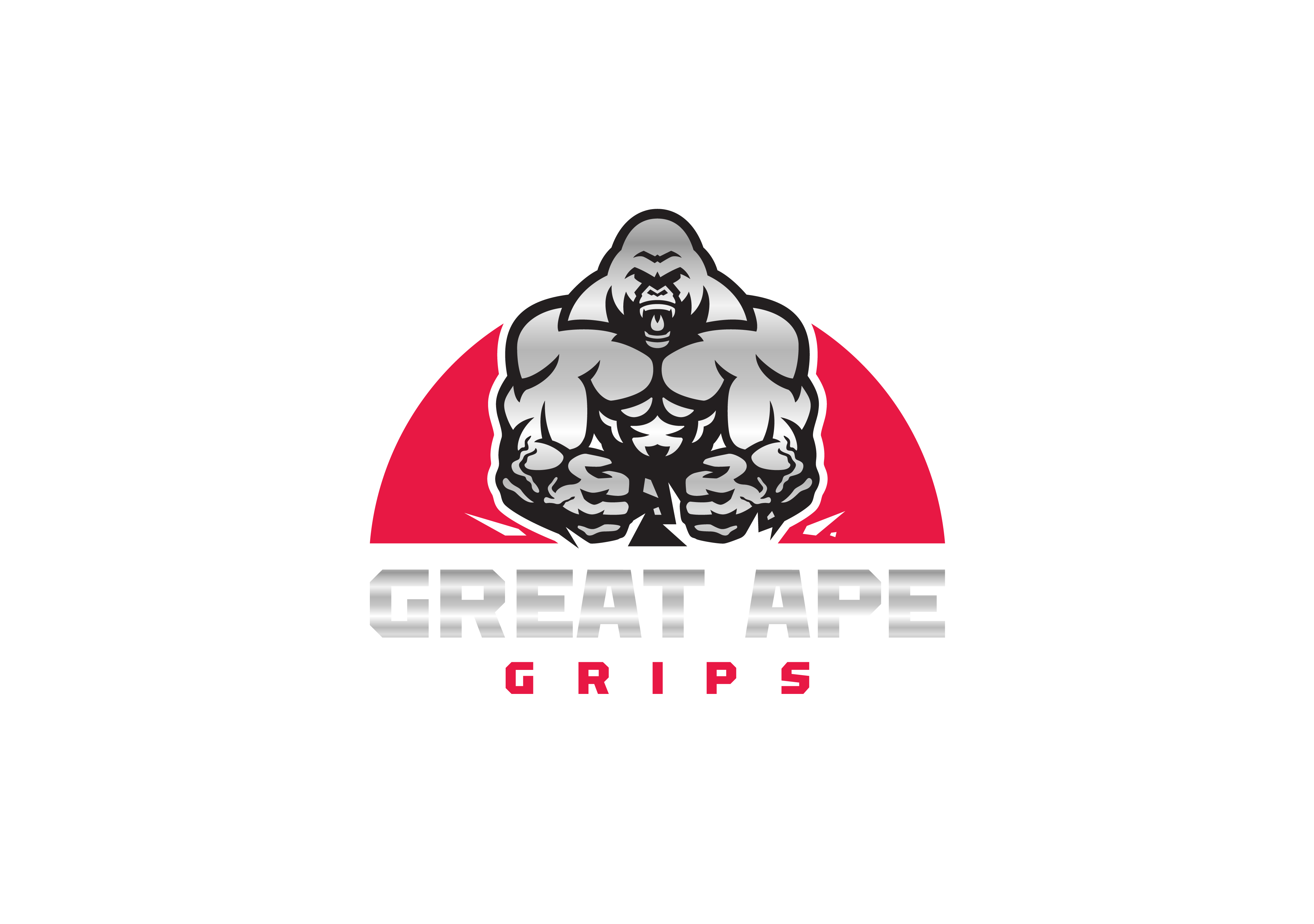Why Grip Strength Matters in Rock Climbing

Introduction
Rock climbing is a thrilling adventure that requires physical strength, mental focus, and a passion for conquering new heights. Among the many skills needed for success in this challenging sport, grip strength stands out as one of the most critical factors. A strong and reliable grip is essential for rock climbers to tackle difficult routes, maintain control, and ensure their safety throughout their journey up the vertical world.
Holding on Tight: The Foundation of Climbing
At its core, rock climbing is about holding onto the rock. A secure grip on climbing holds is the foundation of every move a climber makes, determining their progress on the route. Whether it's a tiny crimp, a slopey pinch, or a juggy jug, the ability to hold on tight determines a climber's success and safety on the wall.
Endurance and Reducing Fatigue
As climbers ascend long routes or tackle challenging bouldering problems, maintaining a strong grip becomes crucial for endurance. A climber with good grip strength can hang on to holds longer with less effort, reducing fatigue in the forearms and hands. Improved grip endurance allows climbers to make it through extended climbs without succumbing to exhaustion.
The Role of Finger Strength
Finger strength is a key component of grip strength in rock climbing. Climbers need to develop finger flexor muscles to handle the immense stress placed on their digits while clinging to holds. Training finger-specific exercises help build strength and endurance in the fingers, enhancing a climber's overall grip capabilities.
Technique and Movement Precision
While grip strength is essential, the climbing technique is equally important. However, grip strength complements the climbing technique by providing the power needed for certain moves. A climber with a strong grip can execute precise and controlled movements, using less energy to hold on and thus focusing more on finding the best body position and balance.
Safety and Confidence
Safety is paramount in rock climbing, and a strong grip plays a significant role in ensuring the climber's security. A climber who feels confident in their grip strength is more likely to attempt challenging moves and dynamic maneuvers with assurance. This confidence enhances overall performance and reduces the risk of falls and potential injuries.
Training Techniques for Improving Grip Strength
Hangboard Training
Hangboard training is a popular and effective way to develop grip strength. A hang board, also known as a fingerboard, is a training tool with various hold types and sizes. By performing controlled hangs and repeaters on the hang board, climbers can target specific finger and forearm muscles to build strength and endurance.
Campus Board Exercises
The campus board is an advanced training tool suitable for experienced climbers. It involves dynamic movements where climbers traverse up and down the board using only their hands, relying heavily on finger strength. Campus board exercises can significantly challenge and enhance grip strength.
Finger-specific Workouts
Climbers can incorporate finger-specific exercises into their training routine. Using finger pulley systems, resistance bands, and fingerboards, climbers can isolate finger flexors and extensors to develop well-rounded finger strength.
Climbing Practice and Technique
While specific grip training is essential, nothing compares to actual climbing practice. Regularly climbing on various routes helps climbers apply their improved grip strength effectively. Climbers can also focus on perfecting their technique to optimize their grip and movement during climbs.
Great Ape Grips
This is where we come in, Great Ape Grips. Great Ape Grips is a grip strength tool modeled from the old-fashioned rice bucket workout. It consists of a 3 lb bag of rice with an ambidextrous glove inside. The workout you get has resistance against all movements, which exercises more muscles than any other grip strength product.
This modern adaptation offers a convenient and effective tool that engages multiple muscle groups in your hands, fingers, and forearms. Great Ape Grips' compact design ensures its portability, allowing you to carry your grip strength training wherever you go. Whether traveling, at the office, or in the gym, our Grip Tool offers a convenient way to engage in effective exercises on the fly. Its size and versatility make it the perfect companion for maintaining your grip strength routine anytime, anywhere.
Check out our Great Ape Grips here:
Conclusion
Grip strength is a fundamental element in rock climbing that directly impacts a climber's performance, endurance, safety, and confidence. With focused training and consistent practice, climbers can significantly enhance their grip strength and reach new heights in their rock climbing journey.
FAQs
- Is grip strength crucial for indoor climbing as well as outdoor climbing?
- Yes, grip strength matters in both indoor and outdoor climbing. It's essential for handling various holds on artificial climbing walls and natural rock faces.
- Can climbers with smaller hands still develop strong grip strength?
- Absolutely! Grip strength can be developed by climbers of all hand sizes through targeted training and exercises.
- How often should climbers focus on grip strength training?
- It's essential to strike a balance between grip strength training and overall climbing practice. Depending on individual fitness levels and goals, climbers can incorporate grip training 1-3 times per week.
- Can improving grip strength help with overcoming the fear of heights in climbing?
- While grip strength is not directly related to the fear of heights, gaining confidence in grip strength can contribute to an overall sense of security and self-assurance during climbs.
- Are there specific grip strength exercises for bouldering vs. sport climbing?
- While some exercises are common between bouldering and sport climbing, the focus on grip strength may vary slightly. Bouldering often requires more intense finger strength, while sport climbing may demand more endurance-focused grip training. Both aspects can be addressed through appropriate training techniques.








